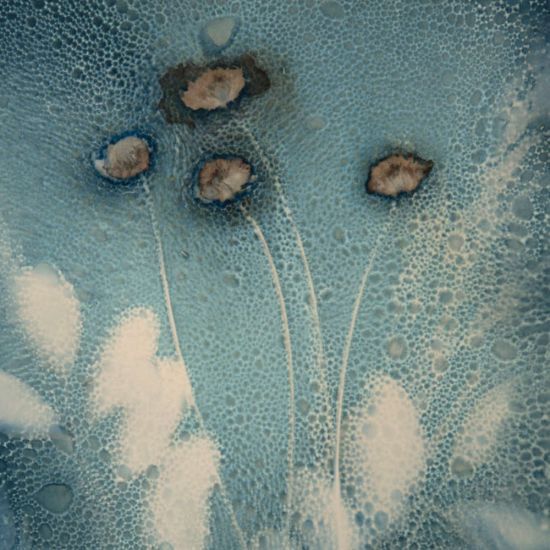
FLOATING IN BLUE
by Doug
Digital photography has opened up almost unlimited creative possibilities for us. That being the case, why bother turning to any other process to make images, especially one rooted back in the earliest days of photography?
While I love the digital process, I have felt a growing dissatisfaction with some aspects of it. First, I find the tools we use - the camera, the computer and software - all put some distance between me and the creative process. We can view the camera as a creative tool, the same with the software. Yet, for me they are not as tactile as more traditional art making tools, such as brushes, knives and pencils. Second, when we make an image digitally it has become endlessly reproducible. A simple click of ‘File, Print’ is all it takes to make as many prints as we wish - all identical. As artists, we have moved away from the single works of art that used to be the norm.
As a result, I have been exploring various tactile craft processes to return to a way of making images which either melds the digital image with more traditional methods or uses an entirely non-digital process. One of my goals is to make pieces which are unique and get away from the infinite reproducibility of digital prints.
One of these methods is cyanotype print making. A process developed by Sir John Herschel in 1842 which produces images characterised by their distinct cyan colour (hence the name) and which were long used by architects and engineers to make ‘blueprints’ - technical drawings.
The basic process is simple. Mix two chemicals, ferric ammonium citrate with potassium ferricyanide, and paint the liquid on paper (or almost any other substrate). Then lay onto it, objects. Floral subjects are popular, but anything with an interesting shape works well and then leave it exposed to sunlight. After a period, remove the object and wash the substrate in water. The background develops, turning into the signature cyanotype blue, leaving the area covered by the object unchanged.
To add interest to the image - texture and other colours - you can experiment with applying other chemicals to the mix. This is where you can let your imagination run wild. Popular additions are soap suds, vinegar, salt, various spices, bleach and acids. You may have ideas for other things to try. By using chemicals in solution you create ‘wet cyanotypes’ which add delicious textures to the image.
I am in love with the unpredictability of the wet process. The way no two images will ever be the same, even if you use carefully measured chemicals and exposure times. I enjoy working with my hands and using actual things rather than ones and zeros on a hard drive. Getting dirty hands, mixing and experimenting, playing with exposure, coming up with fresh ideas - all add to the magic of working with cyanotypes. I love the link back to the earliest days of photography, that I am working with a process used by the Victorians. Seeing the image appear as you wash the print off never ceases to thrill.
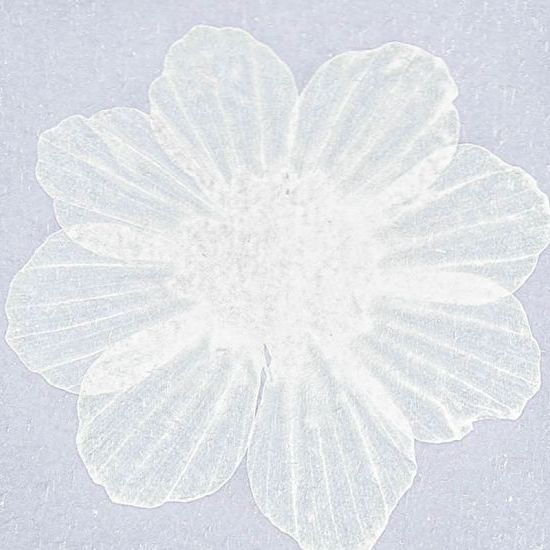

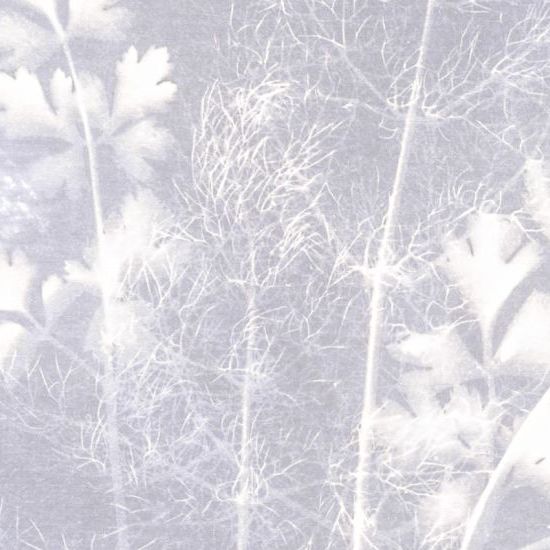
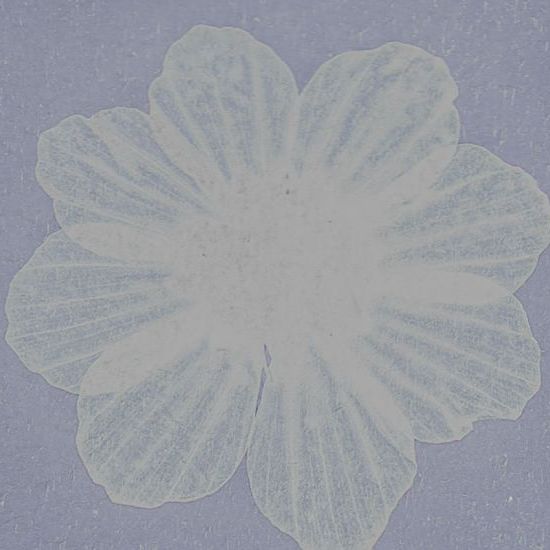
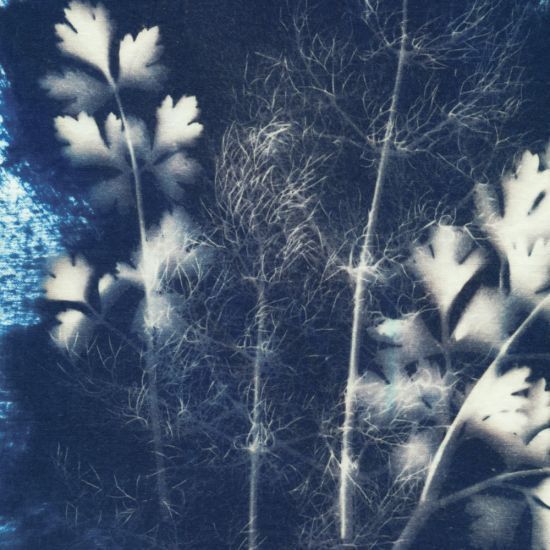
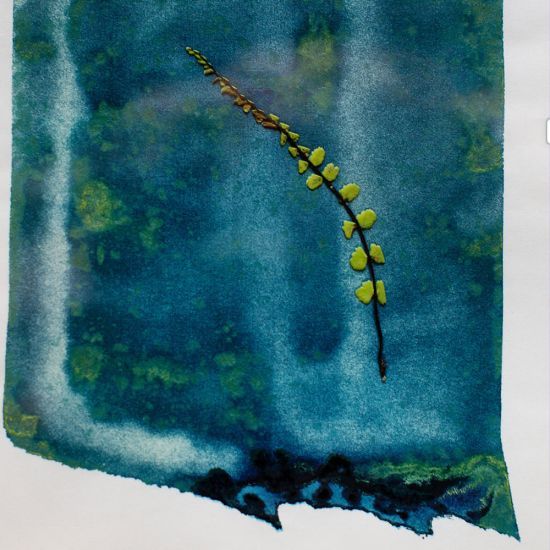
Comments
Leave a Comment
Commenting is not available in this channel entry.